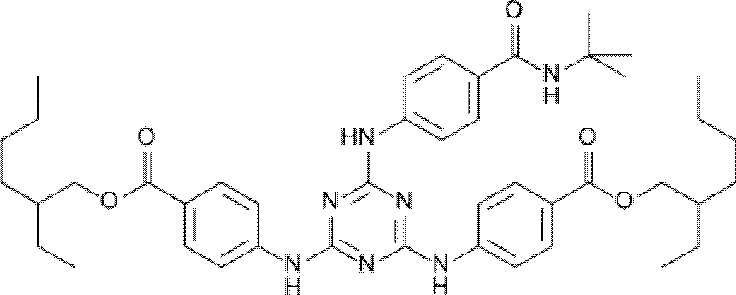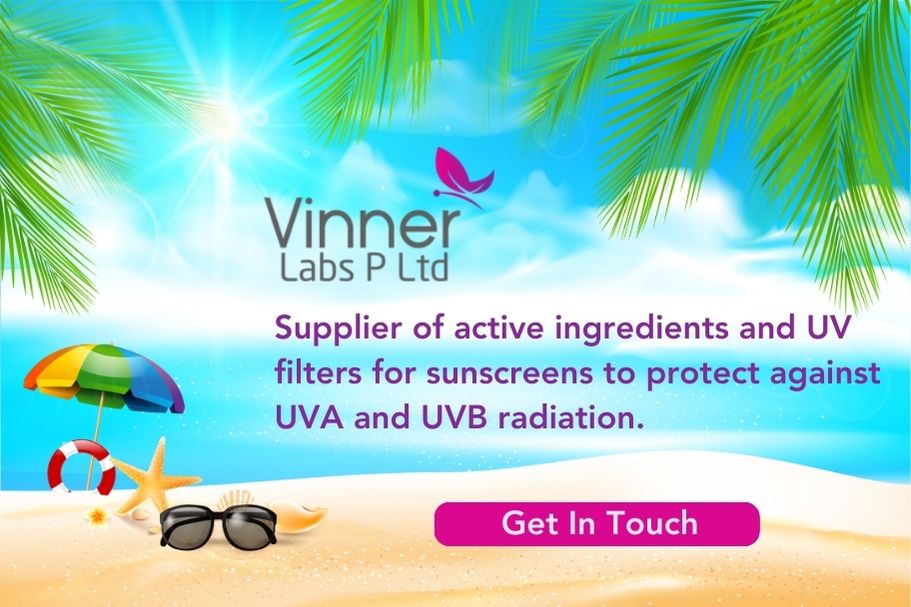Abstract
Background: Ultraviolet (UV) radiation is part of the electromagnetic (light) spectrum that reaches the earth from the sun․ It has wavelengths shorter than visible light, making it invisible to the naked eye․ Ultraviolet A (UVA) is the longer wave UV ray that causes lasting skin damage, skin aging, and can cause skin cancer․ Ultraviolet B (UVB) is the shorter wave UV ray that causes sunburns, skin damage, and can cause skin cancer.
Result: Sunscreens are products combining several ingredients that help prevent the sun’s ultraviolet (UV) radiation from reaching the skin․ Two types of ultraviolet radiation, UV-A and UV-B, damage the skin and increase your risk of skin cancer․ Sunscreens vary in their ability to protect against UV-A and UV-B․
Conclusion: Sunscreen can help to prevent skin cancer by protecting from the sun’s harmful ultraviolet rays․ The American Academy of Dermatology recommends everyone use sunscreen that offers the following: Broad-spectrum protection (protects against UV-A and UV-B rays) Sun Protection Factor (SPF) 30 or higher․
Introduction:
Vinner Labs Trade Name: Sunbest-HEB
USAN name: Iscotrizinol
Synonyms: Uvasorb HEB
Chemical Structure:

Molecular weight: 765․98
INCI Name: Diethylhexyl butamido triazone
IUPAC Name: 4, 4’-[[6-[[4-[[(1, 1-dimethylethyl) amino] carbonyl] phenyl] amino]-1, 3, 5- triazine-2, 4-diyl]diimino]bis-, bis(2-ethylhexyl)benzoate
CAS No: 154702-15-5
EC Number: 421-450-8
Molecular formula: C 44H59N7O5
Chemical name: Bis (2-Ethylhexyl) 4, 4’-((6-((4-(tert-butylcarbamoyl) phenyl) amino)- 1, 3, 5-triazine-2, 4-diyl) diimino) dibenzoate
Other Names: Diethylhexyl butamido triazone, DBT
Product Applications:
Iscotrizinol is a triazine based organic compound that readily absorbs UVA and UVB radiation․ Iscotrizinol is commonly found in sunscreen and other sun care products․
Due to its excellent solubility in a wide range of cosmetic oils, only low levels are needed to incorporate enough active ingredients to reach the high SPFs
Used in concentrations of up to 10%․ It filters UVB rays, and some UVA rays․
Characteristics:
Appearance: White to off white powder
Solubility: Very soluble in methanol and Ethanol, Insoluble in water
Water: NMT 0․5%
Melting range: 52°C – 55°C
Assay by HPLC: NLT 97․0%
Advantages:
A Broad spectrum UV absorber Gives an excellent Sun Protection Factor Has good synergy with other UV Filters․
Creams Lotions Seums Deodorants Beauty Soaps Night serum Sunscreens Make up products/ Color cosmetics
Soluble in the oil phase of emulsion Broad spectrum UV absorber Hydrophobic nature and its solubility in oil made easy for water resistant formulations․
Safety Studies:
Human irritation, sensitization and photosafety studies needed in the record to demonstrate that an OTC sunscreen product containing up to 3% diethylhexyl butamido triazone is not an irritant, sensitizer, photosensitizer or photoirritant․
Efficacy Studies:
Diethylhexyl butamido triazone is generally recognized as effective to use at concentrations from 1% to 3%
Clinical Studies:
Developmental and Reproductive toxicity studies: The NOAEL for reproductive toxicity for diethylhexyl butamido triazone was established at 1000mg/kg/day due to the absence of effects on the reproductive potential for either treated males or females․ Diethylhexyl butamido triazone did not affect the ability of male and female rats to mate or reproduce․
Toxicology studies:
Acute toxicity:
Primary irritant effect:
On the skin: No irritant effect․
On the eye: May have an irritating effect․
Sensitization: No sensitizing effects known․
Ecological Studies:
Water hazard class 3 (German Regulation) (Self-assessment): extremely hazardous for water
Do not allow product to reach ground water, water course or sewage system, even in small quantities․
Danger to drinking water if even extremely small quantities leak into the ground․
Regulatory Status:
Europe, Asia, Australia and Mexican countries this compound is allowed in sunscreen, sun lotions formulations at max 10 % level․
Max․ 10% expressed as acid listed in Council Directive 76/768/EEC, annex vii, part 1 no․10 REACH registration required in Europe․
5% (JP)
Conclusion:
Iscotrizinol is a triazine based organic compound that readily absorbs UVA and UVB radiation․ Iscotrizinol is commonly found in sunscreen and other sun care products․
Due to its excellent solubility in a wide range of cosmetic oils, only low levels are needed to incorporate enough active ingredients to reach the high SPFs
References:
Safety and effectiveness of Diethylhexyl Butamido triazone in over the counter sunscreen drug products․
Safety data sheet according to 1907/2006/EC, Article 31․
Disclaimer: The information provided in this sheet is gathered from reliable and well published sources to the best of our knowledge, information, and belief on the date of its collation, release and is not to be considered a warranty or quality specification. Information is supplied upon the presumption that the receivers will make their own determination as to its suitability for their purposes prior to use. In no event will Vinner Labs, or its group companies or any company bearing Vinner logo, be responsible for damage of any nature what so ever resulting from use of or upon reliance of the information.

